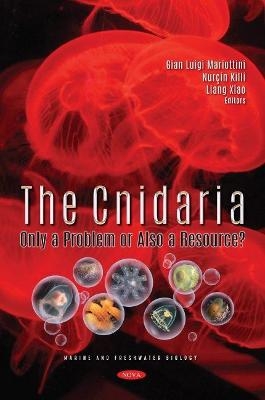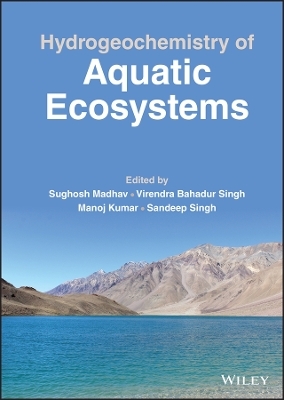
The Cnidaria
Nova Science Publishers Inc (Verlag)
978-1-5361-9664-1 (ISBN)
Gian Luigi Mariottini - Biologist (MSc) and Physician (MD), qualified to the practice of both Biologist and Physician professions. Fellow of the Provincial Medical and Odontological Register (Genova), of the Italian Society of Experimental Biology (SIBS) and of the Solidarity, Projects and Resources for Africa (SpeRA) University Board. Since 1987 deals with biological and environmental research, ecology, toxicology, ecotoxicology and cell cultures, studying in particular extracts from marine organisms. In the past he was training biologist at the Chemico-Clinical and Microbiological Analyses Laboratory of the San Martino Hospital, Genova, and titular of a scholarship from the Associazione Bambino Emopatico Oncologico carrying out research on neuroblastoma at the Giannina Gaslini Pediatric Hospital of Genova. To date he works at the Department of Earth, Environment and Life Sciences (DISTAV) of the University of Genova, where he was member of examination boards and was planner, tutor and teacher of technical courses about the knowledge of the chemical and biological laboratory, cell culture methods and Polymerase Chain Reaction (PCR). He has been involved in several national and international research projects and working groups, is member of the Editorial Board and reviewer for several international scientific journals, Guest Editor for special issues of journals and books, and author of over 150 publications, among which publications in extenso, books, book chapters, and c
Preface; Molecular Identification of Cnidarians in Maltese Waters, Central Mediterranean; The Metamorphosis and Regeneration Processes of Jellyfish; Alienage and Invasiveness: How We Will Know for Jellyfish?; Protecting the Public from Hazardous Jellyfish: A Wicked Problem For Regulators and Operators?; Forecasting Hazardous Jellyfish: Shifting Perceptions from Black Swans to White; The Toxinology of Jellyfishes; a Systematic Review; Clinical Manifestations and Managements in Jellyfish Envenomation; a Systematic Review; Potential Usefulness of Plant Extracts to Counteract Cnidarian Venoms; Mediterranean Blooms of Jellyfish and Comb Jellies: Problems vs Opportunities; Jellies from the Southeast Asian Seas: Pains and Gains; Jellyfish Fisheries in India: Status and Trends; Deep-Sea Jellyfish Collected from Deep-Sea Litter; Bacteria Associated with Jellyfish in the Marine Environment and Their Potential Biotechnological Application; Cnidarian Actinoporins as a Targeted Therapy to Combat Cancer; Beauty from the Deep Cnidarians in Cosmetics; Powerful Proteins from Polyp Possessing Predators; Jellyfish-an Effective Traditional Chinese Medicine; Jellyfish and Human Food Rhopilema esculentum; Index.
| Erscheinungsdatum | 29.07.2021 |
|---|---|
| Sprache | englisch |
| Gewicht | 1104 g |
| Themenwelt | Naturwissenschaften ► Biologie ► Limnologie / Meeresbiologie |
| ISBN-10 | 1-5361-9664-9 / 1536196649 |
| ISBN-13 | 978-1-5361-9664-1 / 9781536196641 |
| Zustand | Neuware |
| Haben Sie eine Frage zum Produkt? |
aus dem Bereich


